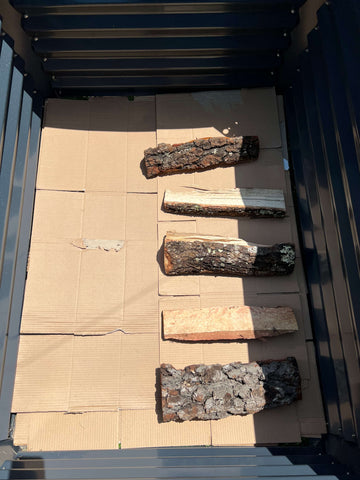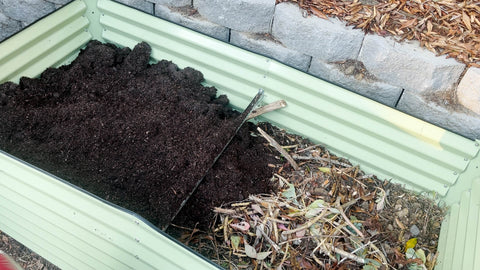When it comes to landscaping, there are many different materials you can use to achieve the desired effect. One popular choice is wood chips. They provide a natural look and feel, and they’re also a great way to add some color and variation to your yard. But how long do wood chips last when you’re using them as mulch for landscaping? And when should you replace them? In this article, we will answer those questions and help you maintain your beautiful landscaped yard!
The following content also has some reference value for raised garden beds.
For example, pine chip shredded mulch generally breaks down faster than hardwood chips, and chips in a hot, dry climate will break down more quickly than those in a cool, moist climate. So how often should you replace mulch and chips?
How often should wood chips be replaced?
In general, larger chips will need replacing every few years, though garden beds with finer organic mulch will need replacing twice a year. However, keep in mind that this is just a guideline – you may need to replace them more or less frequently depending on your specific situation.
Over time, wood chips will begin to break down and no longer offer benefits to your garden beds. Here are some signs that it’s time to replace your wood chips:
The chips are thinning out
If you can see that the soil is starting to be exposed in some areas it could be a sign that the chips are breaking down and no longer providing adequate coverage.
There are more weeds growing in the garden bed than usual
If weeds are appearing in areas where you have mulched with wood chips, it’s a sign that the chips are no longer thick enough to prevent their growth.
Your old mulch is discolored or deteriorating
The discoloration can be a sign of deterioration as the mulch decomposes. While this isn’t necessarily a bad thing, it does mean that they’re no longer providing the same benefits they did when they were new. Faded mulch could just be a result of sun exposure, not necessarily deterioration. You will also want to keep in mind that natural mulch will age differently than dyed mulch. (Though I have really loved using red and black mulch as features in my flower beds!)
Your watering schedule needs to change
If you find your plants need more water than they used to, it could be a sign that the wood chips are no longer doing their job of retaining moisture.
You have had heavy rains
Wood chips can help to prevent soil erosion, but if they are already breaking down and thinning out, rains can wash them away and do more damage than good.
If you’re not sure whether it’s time to replenish your mulch wood chips, there’s no harm in doing a quick check. Simply remove a few handfuls of mulch and take a look at the condition of the chips underneath. If they’re thinning out, broken down, or full of weeds, it’s time to replace them!

How to replace your wood chips
If you do decide to replace your wood chips, there are a few things to keep in mind:
Try to use the same type of mulch or chips
This will help maintain the natural look and feel of your yard. Dyed mulches will look better if you can match with the same mulch color (even if your older chips are faded) so that it looks as natural as possible.
In conclusion, wood chips are a great way to add nutrients to your soil and keep weeds at bay, but they do require some regular maintenance. Make sure to choose high-quality chips, water them occasionally, and add organic matter to your soil each year to ensure that they last as long as possible. If you have the space, rotate your mulch beds to further extend their life. Happy gardening!









